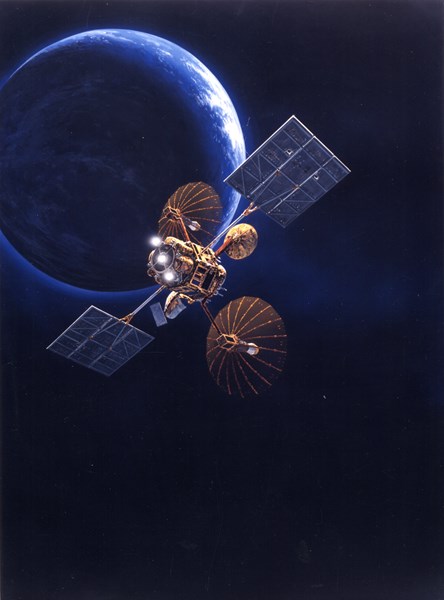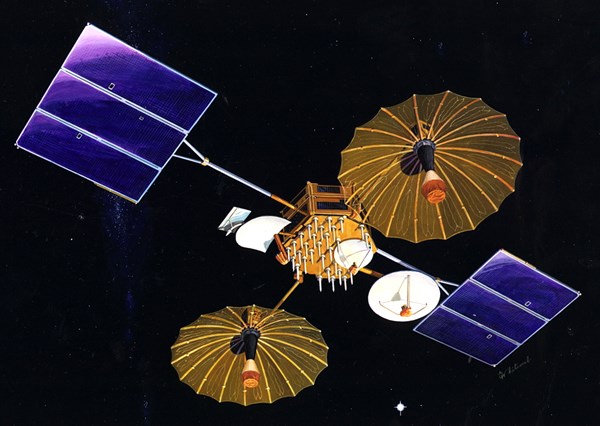REDONDO BEACH, Calif., April 10, 2007 (PRIME NEWSWIRE) -- Six Northrop Grumman Corporation (NYSE:NOC) communication satellites in the Tracking and Data Relay Satellite System (TDRSS) have set a new standard for long life and reliability, enhancing earth-to-space communications for nearly a quarter of a century.
Photos accompanying this release are available at http://media.primezone.com/noc/.
Expected to collectively provide service for somewhere between 42 to 60 years, the constellation is approaching 102 years of operation without a single satellite being retired from service, based on the 10-year planned life of each satellite. Pioneered by the company's Space Technology sector, the six TDRSS satellites number among the 26 successful geosynchronous spacecraft built by Northrop Grumman in the last 25 years, all of which are still operating.
"TDRSS is an outstanding example of the excellent, long-standing partnership between Northrop Grumman and NASA, which has moved science and technology forward to support the nation," said Alexis Livanos, corporate vice president and president of Northrop Grumman's Space Technology sector. "The longevity and reliability of TDRSS has provided high performance and exceptional value to NASA and other users."
The oldest satellite in the TDRS system has been in operation for nearly 24 years. It is still supporting missions, including one that was never envisioned for TDRSS. The satellite relays wideband data from National Science Foundation researchers at the South Pole to their headquarters in the United States. Against all odds, the satellite dramatically survived a nearly catastrophic launch vehicle failure that required several months of thrusting with one-pound thrust attitude control motors to reach the correct orbit. When it was launched in 1983, TDRS Flight 1 was the largest and most sophisticated communications satellite ever built.
A communication signal relay system, TDRSS transmits voice, television, and digital and analog data between users' satellites and control centers on Earth. The system is capable of transmitting and receiving data from customer satellites over their entire orbit, greatly enhancing the productivity of space assets. In total, the six Northrop Grumman-built TDRSS spacecraft have logged more than 37,000 mission days on orbit, delivering more than 800,000 hours of service.
In 2004, Northrop Grumman and NASA's Goddard Space Flight Center received the prestigious National Space Club's Nelson P. Jackson Aerospace Award for the TDRSS program. The award is presented annually to recognize exceptional teamwork between government and industry in the missile, aircraft and space fields. The 2004 award marked the seventh time Northrop Grumman Space Technology has won and/or shared the Jackson Aerospace Award.
Northrop Grumman designed, fabricated, tested and launched the original TDRSS spacecraft; performed ground and spacecraft systems integration; and provided the original ground terminal software. Goddard Space Flight Center's Mission Services Program Office is responsible for planning, development and implementation of NASA's worldwide near-Earth space communications networks, including the management of the operations and development of the TDRSS and the rest of the Space Network. The ground station complex is located in White Sands, N.M.
Northrop Grumman Corporation is a $30 billion global defense and technology company whose 122,000 employees provide innovative systems, products, and solutions in information and services, electronics, aerospace and shipbuilding to government and commercial customers worldwide.


